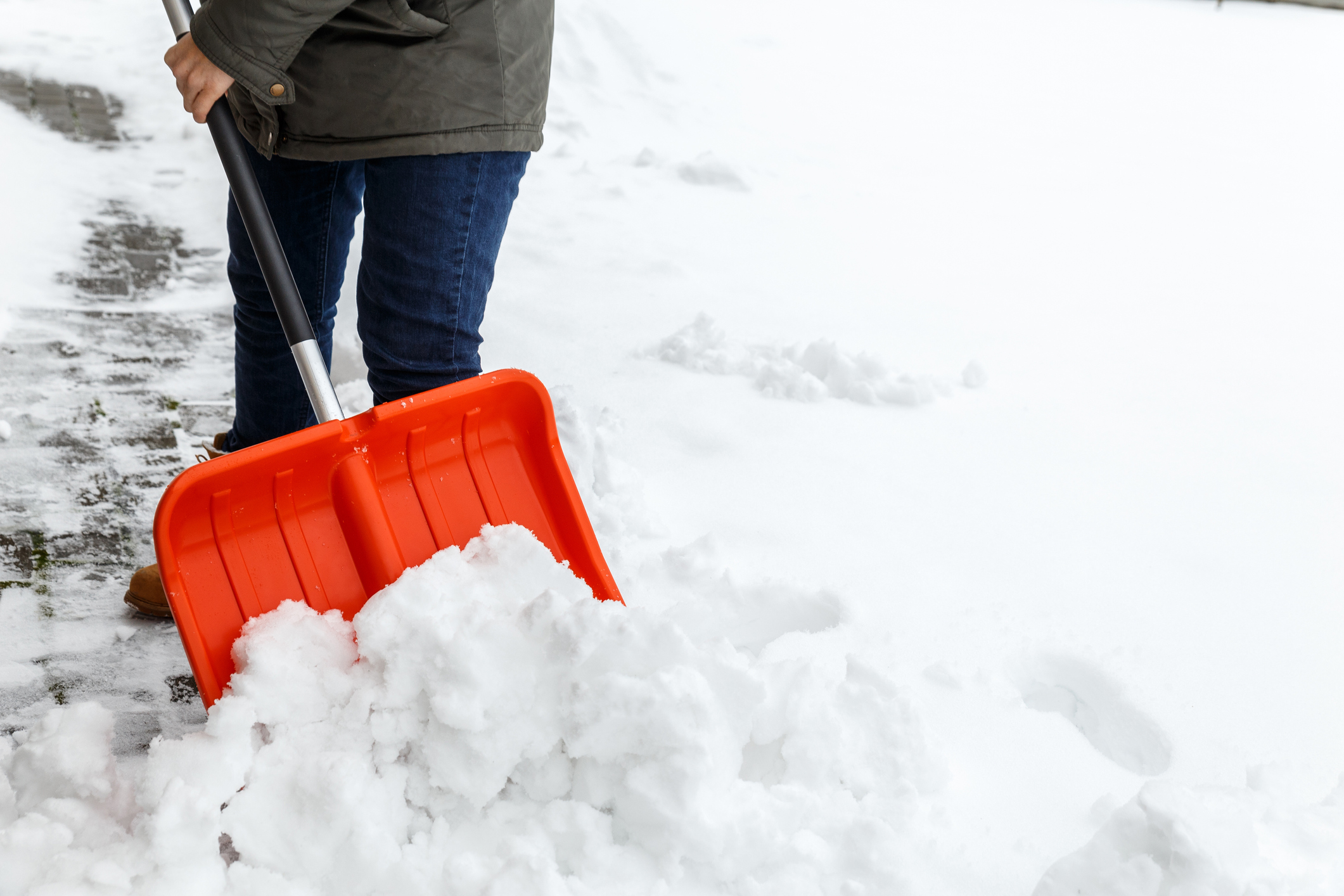Redmond says knowing weather forecasts can help reduce risk during winter weather
If there’s a buzzword for winter that Chip Redmond subscribes to, it would certainly be safety.
As a climatologist and manager of the Kansas Mesonet at Kansas State University, Redmond understands the many risks of winter weather.
“The most obvious may be the cold,” Redmond said. “It’s definitely a time to start pulling out the warmer stuff; the thermals, the overalls…we really need to become conscious about how many layers we put on in anticipation that the weather can change pretty rapidly this time of year.”
Listen to an interview by Jeff Wichman with Chip Redmond on the weekly radio podcast, Sound Living
Morning temperatures, he said, can be quite chilly, but temperatures in the Midwest and other parts of the country often can warm nicely in the afternoon, before cooling again at sunset. Layering helps to protect during daily weather variations, Redmond said.
He also suggests a warm hat or stocking cap; mittens or gloves; and footwear that provides warmth and traction.
“There is usually an increase in slides or falling accidents this time of year when we get snow,” he said. “I suggest minimizing your outside time during slippery periods, or least have the proper footwear and avoid areas where ice might build up. Sometimes it’s easier to walk on grass than the sidewalk.”
Additional safety tips as winter weather approaches include:
Removing snow
“As much as I don’t want to admit it, I’m not as young as I was yesterday,” Redmond said. “It takes a toll when we put our bodies under the stress of shoveling snow, especially wet, heavy snow that can be very physically demanding. That has been a leading cause of injuries and even death due to heart attacks. Be vigilant in what your body is capable of.”
Redmond suggests asking friends, family, neighbors for help; removing snow in a way that doesn’t require picking it up and throwing it; or using a snowblower.
Winter travel
“Travel can be a challenge any time of year, but it becomes much more of a challenge in winter because conditions change quickly over short distances,” Redmond said.
He advises travelers to always check weather forecasts for their current location, their destination – and points in between.
“There are some apps available that will give you weather by the road (you’re traveling),” said Redmond, who suggest the U.S. government website, weather.gov, for reliable, up-to-date forecasts across the country.
In Kansas, the Kansas Department of Transportation maintains a website, www.kandrive.org, that includes forecasts, road conditions, live cameras, road closures, and more.
Redmond said if a car’s tires are worn, get new one’s put on immediately. And, he says, keep a winter preparedness kit in the car that includes such items as blankets, flashlight, cell phone charger, water, radio, dry food and other items to help you weather the elements in case of a breakdown.
When storms are imminent, “don’t travel,” he said. “Make the smart decision to not go out there.”
Stay off frozen waterways
“A lot of people in Kansas think that frozen ponds are pretty and they’re fun to walk on,” Redmond said. “But there’s very rarely every a pond or a lake that’s truly safe to walk on. To support a person’s weight, you need a lot of ice. To keep that ice frozen, we rarely see those weather conditions align because we still get warmer temperatures in the winter, and enough sun to melt the ice during the afternoon.”
Redmond recently spoke in depth about winter preparedness and safety on the weekly radio program, Sound Living, produced by K-State Research and Extension. Listen to the full program online at www.soundlivingpodcast.net.
Sign up for HPJ Insights
Our weekly newsletter delivers the latest news straight to your inbox including breaking news, our exclusive columns and much more.



